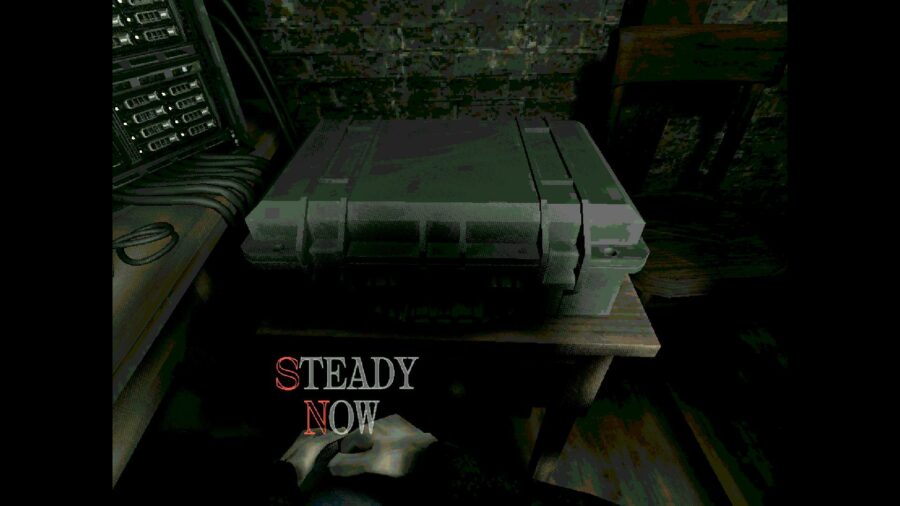Mike Klubnika’s s.p.l.i.t. starts with a content warning about self-harm and suicide. After playing through it, that content warning should be in a larger text in brighter colors.
You might remember Mike Klubnika’s name from last year, when he scored a viral hit with Buckshot Roulette, which was a sort of black comedy about shotgun gambling. By comparison, s.p.l.i.t. is a short, inexpensive narrative-driven horror/adventure game built around old-school hacking. It’s a memorable, potentially upsetting experience.
You’re a hacker named Axel who’s seated in front of your computer, speaking with two allies via a text-based chat app. One of them has just arranged for a “field kit” to be delivered to you, and under protest, you’ve agreed to crack it. Everything else about the game – its setting, the year in which it takes place, what’s at stake, what the titular acronym stands for – unfolds over the course of the next 90 minutes.
Most of s.p.l.i.t. is played via Axel’s monitor. Your computers are all running on plain text, on a system that isn’t quite MS-DOS. The challenge is to hunt for passwords, edit configuration files, and sort through directories from the command line, with an occasional speed-typing challenge to represent Axel’s reactions under pressure. There are no mouse controls at all. It’d be pleasantly nostalgic for an earlier era of computing, if the rest of the game wasn’t about slowly intensifying paranoia.

The first hurdle to s.p.l.i.t. is wrapping your head around the computer’s OS, which made me feel slightly foolish for the first 15 minutes. I was supposed to be some sort of underground hacker, or so I thought, but I was using the “help” command the way telegrams use “STOP.” I eventually had to keep handwritten notes to encompass both the commands I needed and the passwords I was searching for.
The second hurdle might be that s.p.l.i.t. never slows down to explain itself. All the details of its short story are delivered in passing, from incidental details in files and conversations between people who already know the stakes. You’re coming in for the last chapter in a long story arc.
It was over almost before I knew it. s.p.l.i.t.’s endings sneak up on you, which is also when it rolls up its sleeves and earns that content warning. It’s not a particularly gory game, but without spoilers, you don’t want to fire this up if you’re already in a bad mental place. The ending is a lot.

s.p.l.i.t.’s last 5 minutes send it off on a bleak note. Other horror games tend to have some built-in breaks in the tension, but the only option you get with s.p.l.i.t. is your ability to turn it off. It reminds me of similarly relentless movies like When Evil Lurks or Martyrs, and if that’s your preferred style or horror, s.p.l.i.t. is a must-see.
It’s probably about as long as it should be, but I did end up with more questions than answers by the end. I also could’ve handled seeing more of its hacking-based investigation puzzles, as by the time I figured out how to navigate Axel’s OS, the game was almost over.
I won’t forget s.p.l.i.t. any time soon, but it doesn’t feel wholly complete. It’s built like a late chapter in a larger story, as if you’d started a trilogy with the last entry in it, and I wouldn’t mind seeing the rest at some point. Taken on its own merits, I’d need to know more about someone before I recommended this to them, but anyone who’s in the mood for some unflinching horror might want to check s.p.l.i.t. out. It’s 60 to 80 minutes of simulated ‘80s hacking that builds up to a truly vicious finale.
[s.p.l.i.t., developed and published by Mike Klubnika, is now available for PC (Windows/Linux) via Steam for $2.99. This column was written using a Steam code sent to Hard Drive via a PR representative for Klubnika.]



